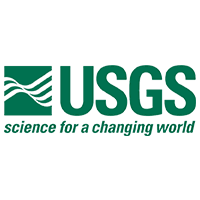Waterfowl Use of Wetland Habitats Informs Wetland Restoration Designs for Multi-species Benefits
Tidal marsh wetlands across the world have been lost due to human impacts. Because these marshes are critical to myriad wildlife taxa, they are often the focus of restoration projects. The Suisun Marsh of California, which is part of the San Francisco Bay Estuary and the largest brackish marsh on the United States Pacific Coast, is a critical stopover for thousands of migratory waterfowl transiting along the Pacific Flyway.


